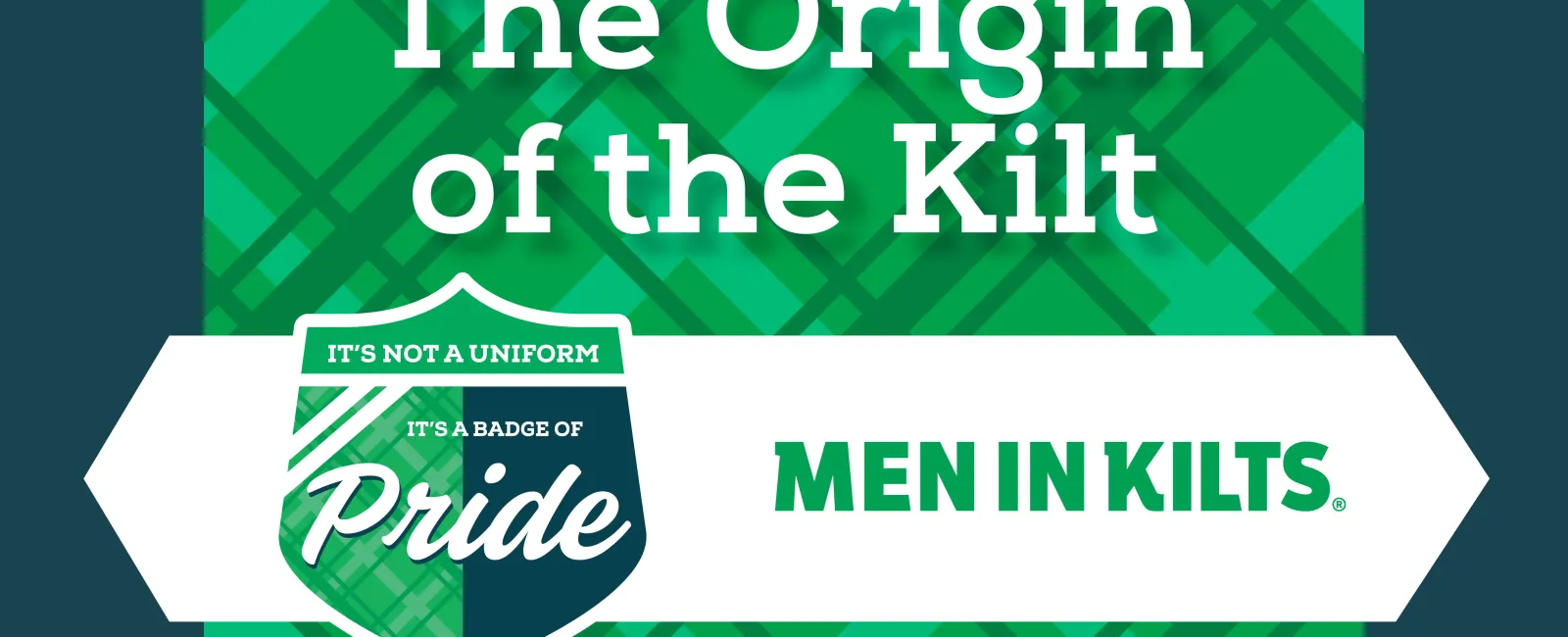The kilt is a traditional Scottish garment with a rich and diverse heritage. Its origins can be traced back centuries, although its modern form began to take shape in the 16th century.
Initially, the kilt was a large piece of fabric known as the "great kilt" or "feileadh mor" that was worn draped around the body and belted at the waist. It could be worn in various ways, including as a cloak, a sleeping bag, or even a makeshift shelter. This style of garment was practical for the rugged Highland terrain and provided warmth and protection from the elements.
Over time, the kilt evolved into the more familiar tailored garment we see today, known as the "small kilt" or "feileadh beag." This version is pleated at the back and typically made from a single length of tartan fabric. It became associated with Scottish identity and was worn for ceremonial occasions, military events, and everyday wear.
The kilt has played a significant role in Scottish culture and history, symbolizing tradition, pride, and resilience. It has been worn by soldiers, civilians, and even royalty, becoming an iconic symbol of Scotland around the world. Today, the kilt remains an important part of Scottish heritage, worn with pride at weddings, Highland games, and other special events.
That heritage and the qualities of tradition, pride and resilience are evidenced in everything we do. From our approach to the job we perform, to the service we provide, to our dedication to the community, Men in Kilts is dedicated to delivering a higher standard of professionalism. Contact us today and see for yourself.
